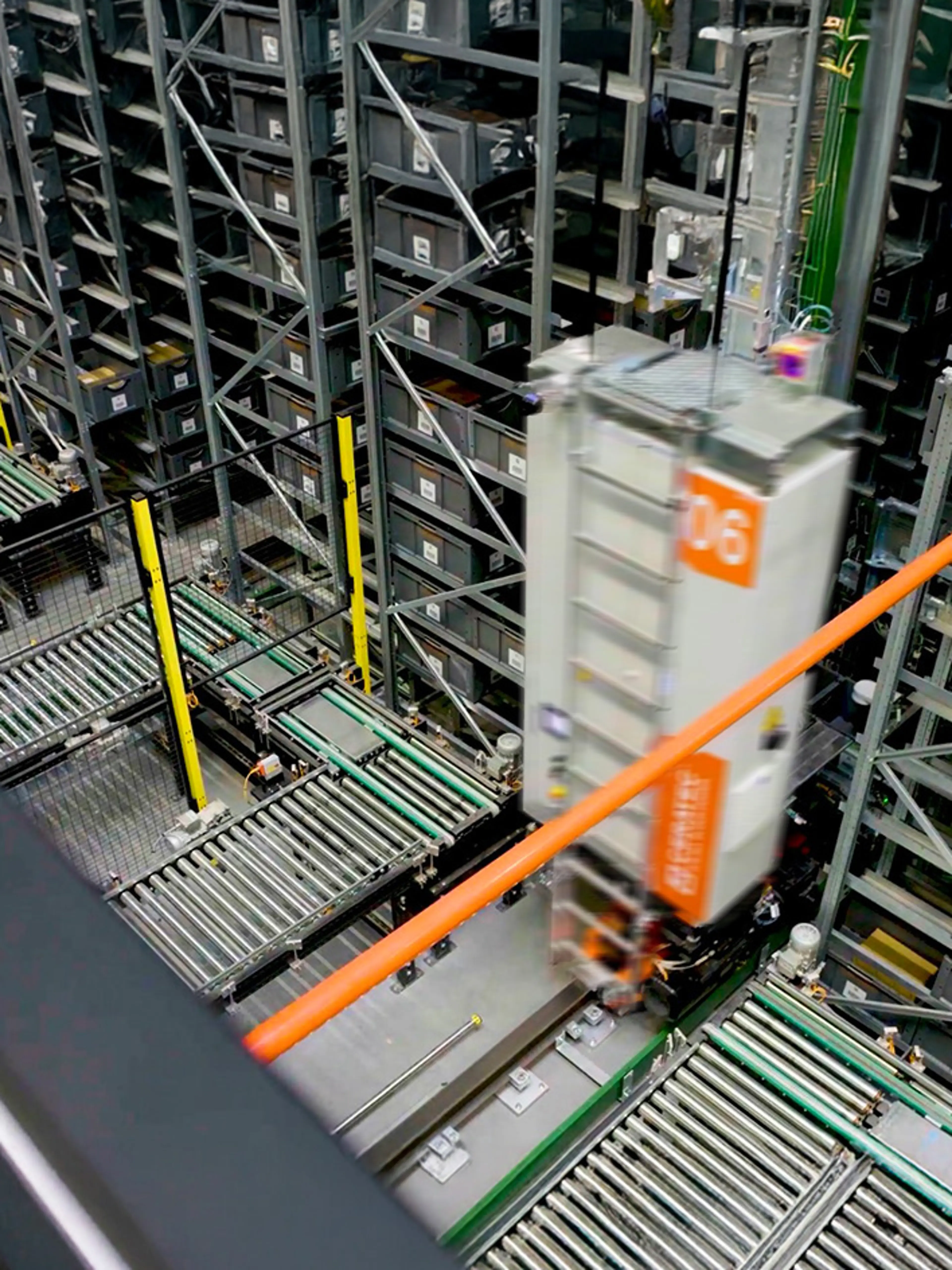Subchapter 4.6
Safety through planning and precision
In this section, we present a set of engineering strategies that help balance safety and efficiency in both greenfield and brownfield automation projects. Through practical examples and guiding principles, you will see how careful planning, task-based risk analysis, and flexible zoning can prevent hazards without limiting performance.
Planning safety in real-world automation
The need for careful risk assessment of the operations and the tasks handled by people in automated warehouse environments cannot be overestimated. It is not enough to ensure safe automatic operation.
Instead, all phases of life must be considered.
This is particularly challenging in brownfield applications which may undergo a step-by-step transition from virtually no automation to a high degree of automation. Here, space is often scarce, calling for a flexible mix of the diverse safety strategies discussed.
In greenfield installations, one may and should plan for safety from scratch. Simulations of the operations and traffic are often made to achieve maximum efficiency. But they can also help in detecting hazards and analyzing the effectiveness of and interference resulting from different safeguards.

Strategies for safe and efficient design
Below are three elements of a strategy that can help you to get things right both from the point of safety and efficiency.